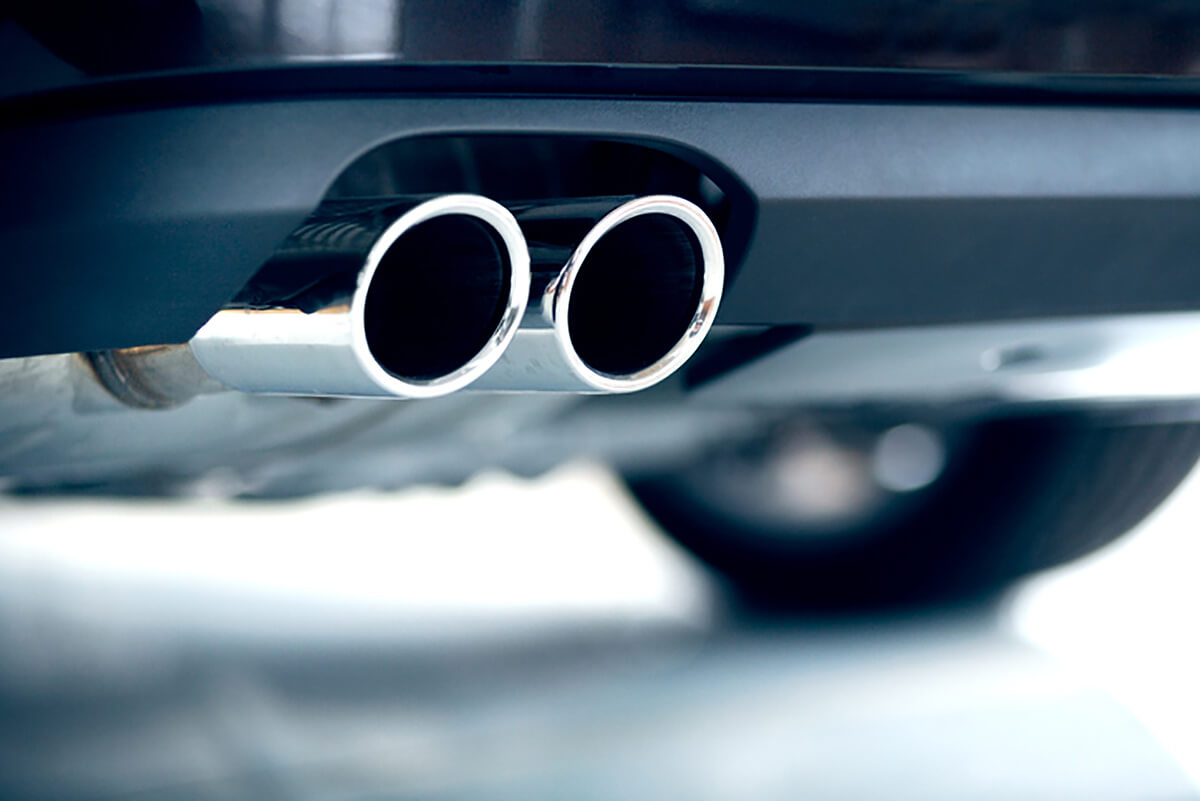A new, stricter emissions test for plug-in hybrid vehicles, which will significantly increase the CO₂ value of company cars, will be used for benefit-in-kind (BIK) tax from next year.
The Department for Transport (DfT) plans to launch a consultation later this year on proposals to mandate the Euro 6e-bis emission standard in Great Britain, which would apply to all new car and van registrations from 2026.
The current emission standard for cars and vans in Great Britain is Euro 6d.
HM Treasury explained that there will be no retrospective changes to CO₂ emissions values for vehicles already registered.
Subject to the DfT consultation, it added, any changes would apply to new vehicles registered from January 1, 2026.
In the EU, the new Euro 6e-bis standard has applied to all newly launched plug-in hybrid electric vehicles (PHEVs) from January 1, 2025, and to all models on sale from December 31.
It means all existing PHEV models will have to be re-homologated before the end of 2025.
Manufacturers have moved to reassure customers ahead of the emissions test change.
BMW has sent a memo to customers informing them it has made all the necessary technical preparations for Euro 6e-bis.
“Thanks to a highly efficient product portfolio,” it said, “BMW Group customers can be assured that a full range of models featuring all drive technologies will continue to be available, whether highly efficient internal combustion engine, plug-in hybrid or battery electric.
“With regards to specific changes in models that are on sale the BMW Group will continue to provide information to our customers, partners and retail network in advance of any change coming into effect and technical information for models will continue to be kept up to date and provided in advance.”
A BMW spokesperson told Fleet News: “There is still significant demand for PHEV – not everyone is ready to switch to electric and our customers still want options.
“BMW’s current PHEV line-up remains available to order, and cars ordered now, and into the summer, we know fall under the current scheme.”
Mercedes-Benz added that its primary goal is to ensure a “smooth customer journey” during the transition.
Impact of new test on CO₂ figures
The Vehicle and Certification Agency (VCA) told Fleet News that the latest update to the Euro 6e standard, known as Euro 6e-bis, introduces changes to the PHEV utility factor, which will “significantly increase” the official CO₂ figure of these vehicles to “better reflect their real-world performance”.
The utility factor (UF) represents the assumed share of driving done by PHEVs in electric mode (using the battery) compared to driving done using the internal combustion engine.
Research has shown that the UF overestimates how often drivers charge their PHEVs.
In the real world, PHEVs tend to be driven much more in petrol/diesel mode, which causes real-world PHEV CO₂ emissions to be higher than as determined by the UF calculations.
In a new report, the British Vehicle Rental and Leasing Association (BVRLA) says this has resulted in a globally recognised performance gap between PHEV official type-approval figures and real-world CO₂ emissions.
This gap, according to the DfT, is estimated to equate to a 243% increase in the UK, relative to values recorded under the WLTP test cycle.
The new test aims to address this real-world gap.
“There will be a small number of PHEVs that will survive under 50 grammes, but not very many, and not the popular ones either,” Alan Bastey, Zenith
The DfT has provided indicative examples of the potential CO₂ increases. For instance, a PHEV with a current CO₂ figure of 10g/km and equivalent all electric range of 80km (50 miles) could increase to 30g/km.
It also suggests that a PHEV with a current CO₂ figure of 10g/km and an equivalent all electric range of 120km (75 miles) could increase to 40g/km, and a PHEV with a current CO₂ figure of 30g/km and equivalent all electric range of 40km (25 miles) could increase to 60g/km.
Its final example is a PHEV with a current CO₂ figure of 30g/km and equivalent all-electric range of 80km (50 miles), which it says could increase to 90g/km.
Currently attracting a BIK rate of 9% in 2025/26, the company car in this example would result in a new, much higher BIK rate of 24%, if registered after the new emissions test is adopted in Great Britain.

Under the current company car tax rules, cars that emit less than 50g/km of CO₂ are divided into bands based on their zero-emission driving distance.
Most PHEV models fall into this category and attract a 5%, 8% or 12% BIK rate.
If the CO₂ emissions for a PHEV model increase beyond 50g/km, as part of the revised test, then drivers will face a BIK rate of at least 15% in 2025/26.
It remains to be seen what the impact is to specific models, but the company car tax position for many PHEVs is likely to become less attractive.
It's a double-blow for PHEVs following changes to the BiK bands announced in the October budget, which will see drivers using them as company cars face a hike in their BIK from 2028/29 of up to 13 percentage points, with zero-emission mileage being ditched as a differentiator.
A ‘short window for PHEVs’
Speaking before Fleet News was able to clarify when Euro 6e-bis would be used for BIK puropses, Alan Bastey, customer services director at Zenith, said: “People right now don't need to panic and if you want a PHEV, I'd say, go and order one and get on with it - don't wait.”
He told Fleet News at 10 that PHEVs remained a popular product with its corporate customers, and it had a large number of vehicles on order.
“There will be a small number of PHEVs that will survive under 50 grammes, but not very many, and not the popular ones either,” he added.
“That utility factor does mean most will bump up into the higher tax bands.
“In January 2027, the utility factor changes again... What survives this time around is going to be hit again with a new utility factor which makes the CO₂ even higher.”
He also suggested that the increases in CO₂ will impact manufacturers’ performance against zero emission vehicle (ZEV) mandate targets if they have to account for the “true” emissions PHEVs.
“At that point there’s no incentive for the manufacturer to have those vehicles on sale,” he said.
“The window for PHEV is pretty short. I think they're good value this year and then that really drops off a cliff.”






















hmarr72 - 05/02/2025 11:56
If an employee is looking at a PHEV company car to be purchased this year, would this car be affected by the new rules and could extra BIK be charged retrospectively?